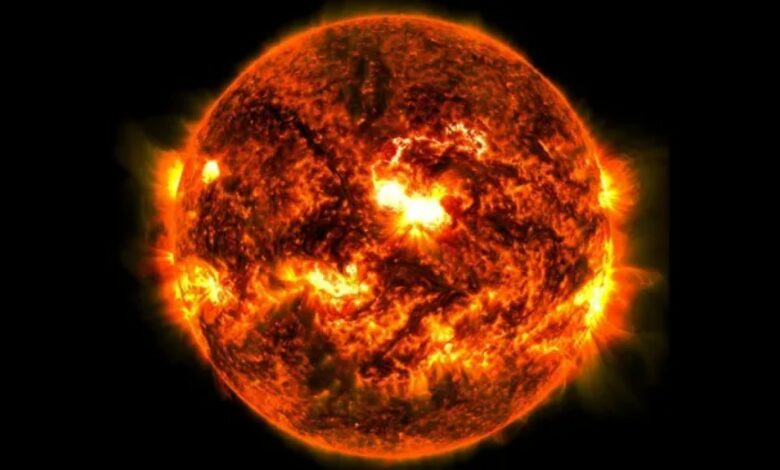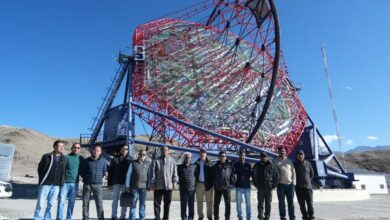Solar storms can cause auroras and disruptions to the power grid

A powerful solar storm is predicted to hit Earth on Thursday, October 10, according to forecasters at the US National Oceanic and Atmospheric Administration (NOAA). The storm can produce stunning auroras and affect radio communications, power grids and satellites. NOAA’s Space Weather Prediction Center (SWPC) has issued a G4 geomagnetic storm warning, the second highest level on their scale. A similar storm was last seen in May this year, producing dramatic aurora displays.
The solar flare and its consequences
This event results from a massive solar flare, classified as X1.8, that erupted from the sun on the night of October 8. The eruption was accompanied by a coronal mass ejection (CME), which is now hurtling towards Earth at high speed. Shawn Dahl, service coordinator at SWPC, explained that the influence can vary depending on how the CME’s magnetic field aligns with Earth’s. A direct connection would increase the storm’s intensity, while a mismatch could reduce its impact.
Impact on auroras and communications
The SWPC estimates that the solar storm could impact communications, power grids and satellites. Aurora images, also known as the Northern and Southern Lights, are expected to be more vivid and visible at lower latitudes, offering a rare sight for observers in the US. Dahl said the CME is moving at extraordinary speeds, up to 4.9 million miles per hour, and could begin affecting Earth’s magnetic field as early as Thursday morning.
What to expect
Geomagnetic storms can also disrupt communications systems and power grids. NOAA encourages aurora observers to monitor real-time solar wind data and be prepared for potential service disruptions. The intensity of the auroras will depend on how the storm evolves when it reaches Earth, with the strongest effects possible in the evening of October 10.




